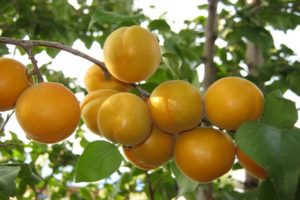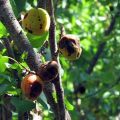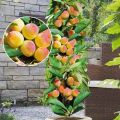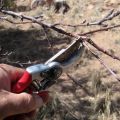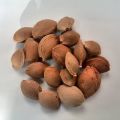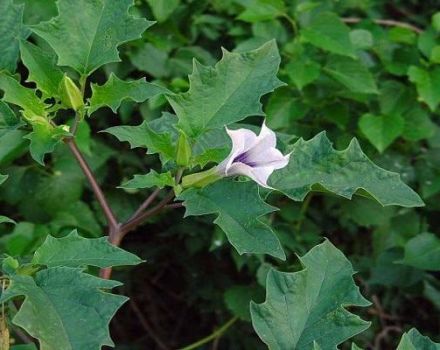Description of the Manitoba apricot variety, yield, planting and care
Thanks to the work of biologists and breeders, southern plants are now planted in mid-latitudes, and they take root well and give a harvest. The apricot variety Manitoba is adapted to the harsh climate of Siberia. It was bred in the Canadian province of the same name. The Morden horticultural station crossed the Scout with the frost-resistant McClee stone fruit crop. As a result, the breeders got a tall tree with a thick and beautiful crown, which bears fruit normally even after a cold and long winter.
Description of the variety
Manitoba is up to 5 meters tall. The spreading crown is formed by shortened shoots and oval leaves. The tree looks very beautiful during flowering. When the buds with large pink petals open, the plant takes on a decorative appearance. Apricot blossoms like sakura. The description of the variety indicates that even in middle latitudes and in Siberia, there is no need to wrap the tree for the winter. The continental cool climate of the Canadian province, where the apricot of Manitoba comes from, hardly differs from the weather in the central regions of Russia. Large fruits ripen on the tree in the middle of summer:
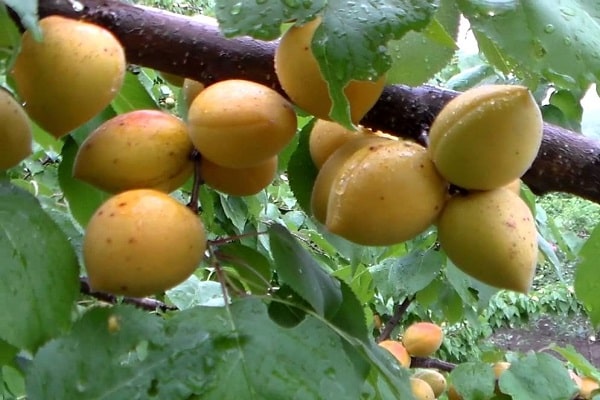
- oblong shape;
- bright orange color;
- with pubescent skin.
The apricot pulp, which is colored with blush, has a sweet taste, almost no acid is felt. Inside the fruit, which is distinguished by an elongated toe, there is a bone with a core, in which there is no bitterness, it is easily separated.
Young trees delight with apricots weighing up to 100 grams; in the old culture, their weight is 2 times lower. Especially the fruits become smaller under heavy load on the plant.
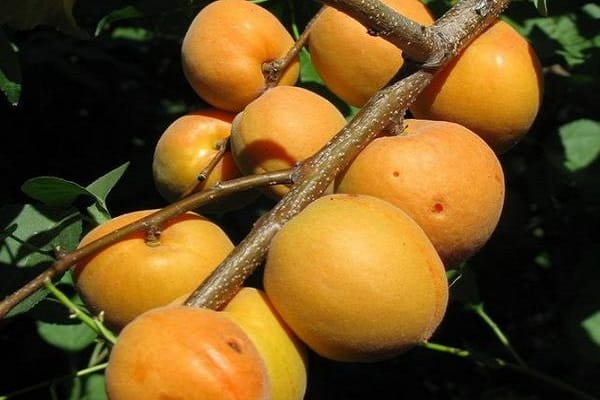
Characteristics of apricot Manitoba
The variety is not afraid of severe frosts, is rarely affected by diseases, from which even adult garden trees die, gives a good harvest almost every year. Very tasty apricots of uncharacteristic color are used to make jams and preserves. It is impossible to transport the fruits, they wrinkle, drain off with juice. Perhaps this is the only drawback of the Manitoba variety. The plant is not cultivated on an industrial basis.
Terms and features of landing
In the southern regions, the apricot is taken from a stone isolated from the fruit of a tree of the same variety. The seeds are hardened and stored in a cool place.
In mid-latitudes, Manitoba is grown from seedlings no older than 2 years. The site for the apricot is chosen by:
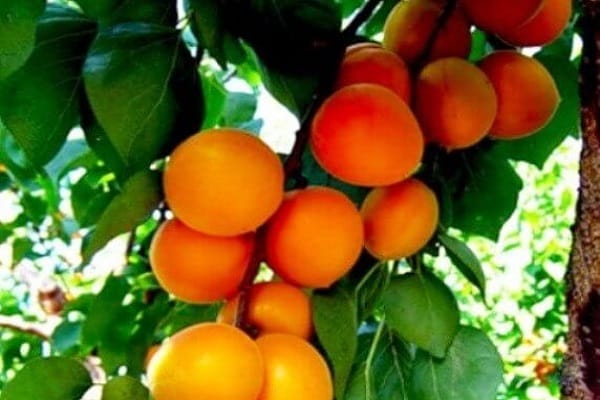
- on the sunny side;
- in a place closed from northern winds;
- on a hill.
In the lowland, groundwater and melt water collect, due to which tree roots die. Pit for planting a young apricot dug in advance to a depth of about 70 cm.Expanded clay or pebbles are poured into it, organic matter and mineral fertilizers are introduced, earth with humus is placed on top, which is well tamped. The tree is watered and tied to a peg.
In mid-latitudes, apricots are planted in April while the buds are sleeping. In the southern regions, this can be done in September and October, since frosts there begin no earlier than December.
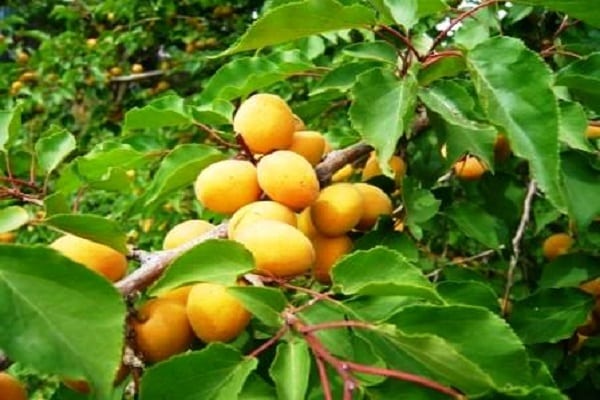
Care
In order for a tree to please with sweet fruits, you need to constantly take care of it. Seedlings are watered every 2 weeks, adult apricots need less water, irrigation is necessary at least four times per season, namely:
- when new shoots appear;
- before flowering;
- before fruit ripens;
- shortly before wintering.
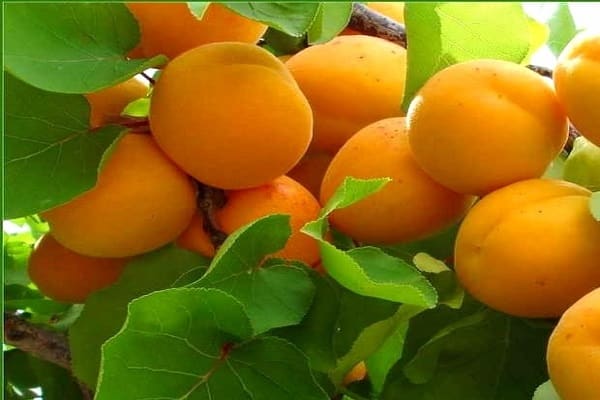
In a rainy and cool summer, the tree does not need additional moisture. Watering apricots more often is necessary in hot and dry weather. At least 50 liters of slightly warmed water are added to each tree trunk circle. The ground near the tree is periodically loosened so that air can penetrate to the roots.
Apricots must form a crown, and every year they cut long and dried branches. Manitoba is not insulated for the winter.

Diseases and pests
Breeders from Canada have worked to create a garden crop variety that is resistant to fungi and bacteria. Apricots are affected:
- gray rot;
- cytosporosis;
- scab;
- cracking of the bark;
- curly leaves;
- perforated spotting.
Although the Manitoba variety rarely suffers or dies from disease, preventive measures must be taken. In autumn, dried branches and blackened fruits are burned. In early spring and before flowering, apricot trees are treated with Bordeaux liquid, copper sulphate, and sprayed with Nitrafen before bud break.
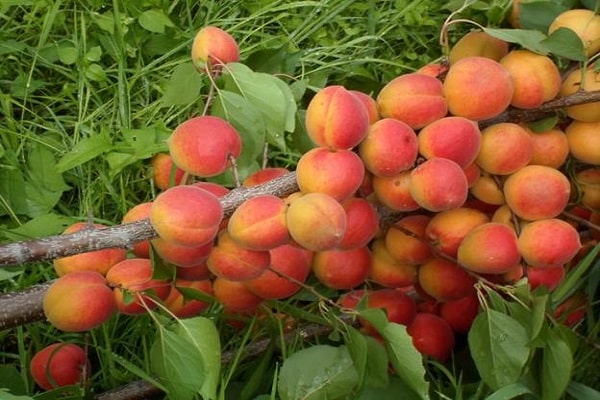
The juice from the leaves of a garden culture is drunk by microscopic aphids. Caterpillars of the moth destroy the ovary, feast on ripe fruits. Stone fruits are affected by mites. Cope with insects with insecticides.
Hares and rabbits eat bark from stems. For the winter, the tree trunk is wrapped with spruce branches or durable material. Beetles feed on plant roots to get rid of them, in the fall they dig deep into the ground, turn over the layers, and the beetles, once on the surface, freeze.


